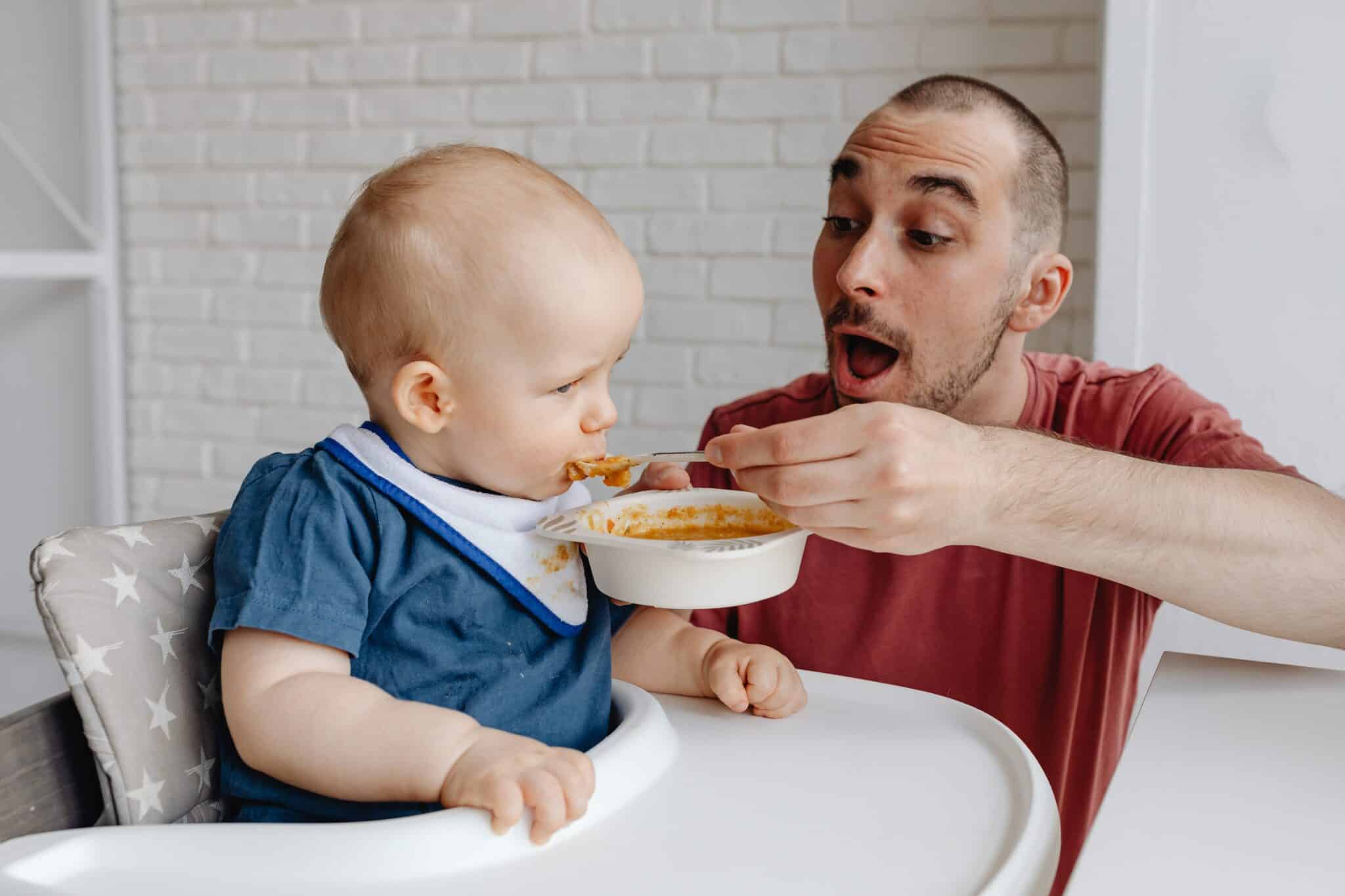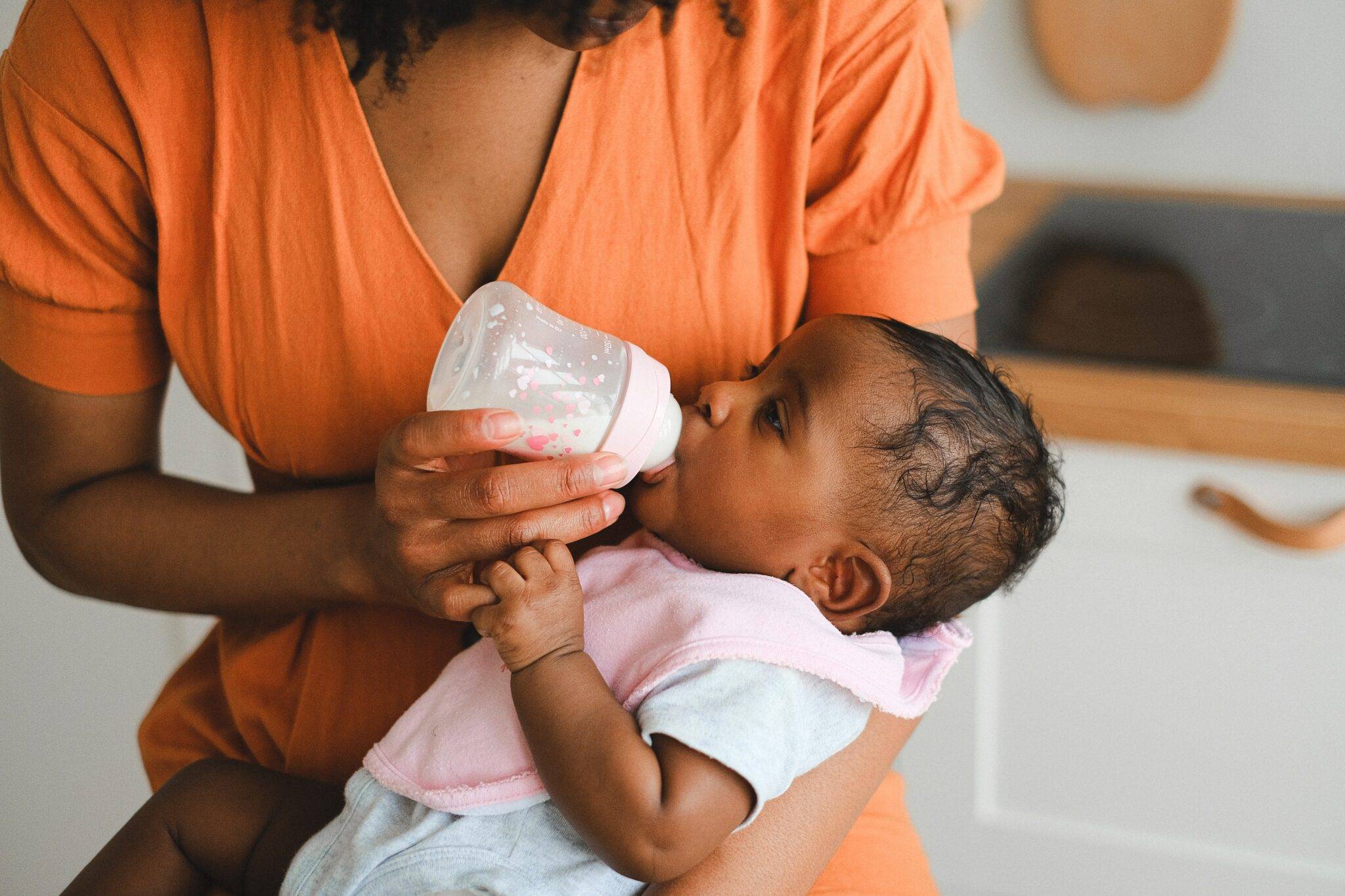Table of Contents
Our children’s growth and development are always at the helm. That’s why we need to send them to school with a nutritious lunch.
In this article, we at Omega Pediatrics will walk you through the steps necessary to prepare a nutritious school lunch for your child. We will discuss practical strategies to ensure your children’s school lunches are healthy.
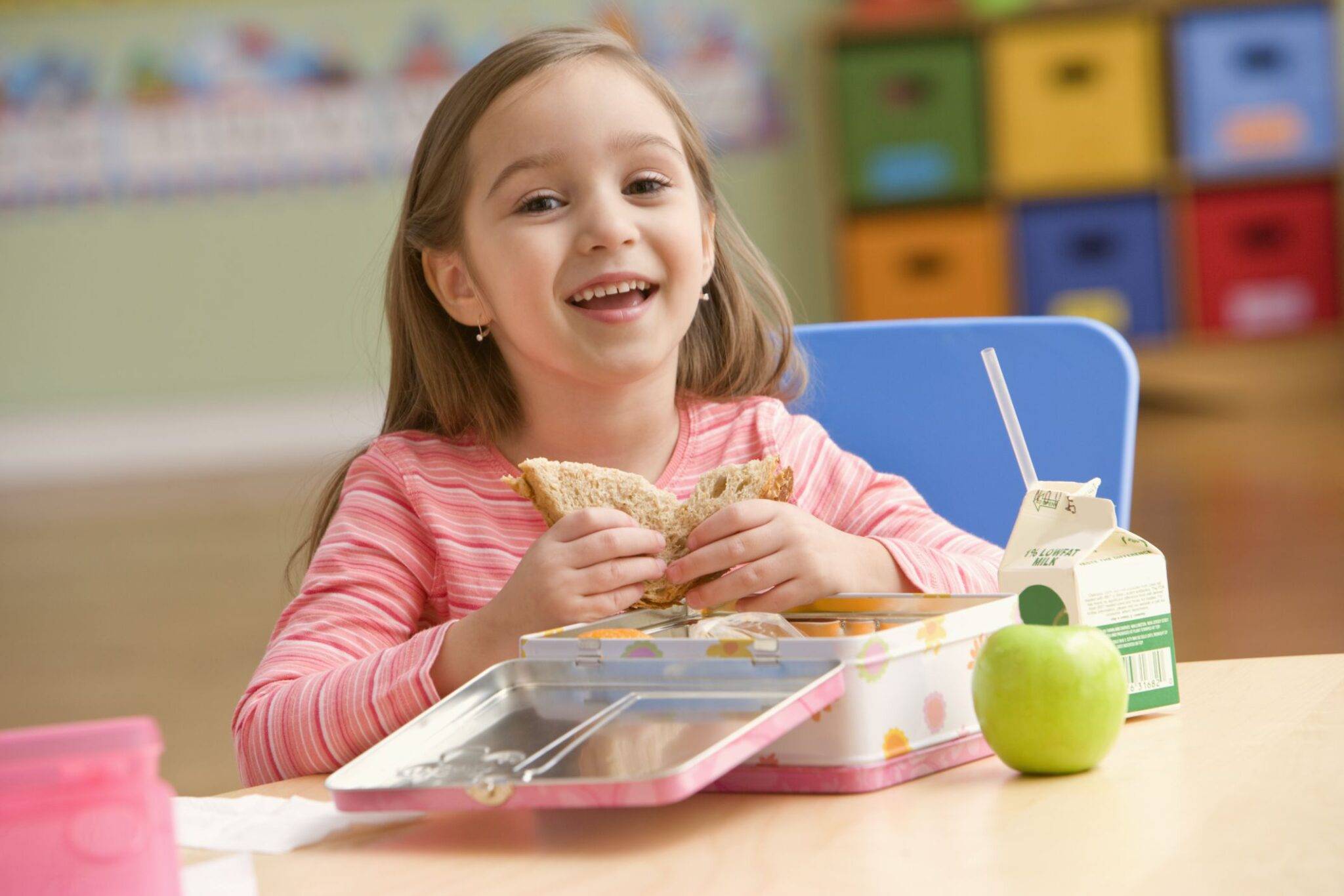
How to Determine the Nutritional Needs of Children
When packing your child’s school lunch, you must know your child’s age-appropriate nutritional needs. Dietary requirements change as your kids grow. According to the National Institute of Health (NIH), here are the daily caloric requirements:
- 2-3 years old: 1000-1400 kcal/day
- 4-6 years old: 1400-1600 kcal/day
- 7-10 years old: 1600-2000 kcal/day
- 11-12 years old: 1800-2200 kcal/day
Depending on many factors, your child’s dietary requirements may differ. Consult your kid’s pediatrician for a more accurate estimate in such cases.
Omega Pediatrics wants to ensure that your child receives the right nutrition. We can help your child with that through in-person consultations or telemedicine.
The Importance of a Balanced Diet
A healthy diet is the foundation of good health. It gives your child enough vitamins, minerals, and energy to power their brain and body. Incorporating various food types into your child’s lunchbox helps meet their nutritional requirements.
According to the American Academy of Pediatrics (AAP), providing nutritious grains, lean meats, fruits, and vegetables is essential. We can boost their well-being by including these items in their meals. Here are the recommended serving sizes:
- Fruits: 1 serving per meal, with the size of your child’s palm
- Vegetables: 1 serving per meal, with the size of your child’s palm
- Carbohydrates (grains and starches): 1 serving per meal, the size of your child’s clenched fist
- Protein: 1 serving per meal, the size of your child’s palm
- Dairy: 1 cup for liquids or the size of your child’s fists for solids
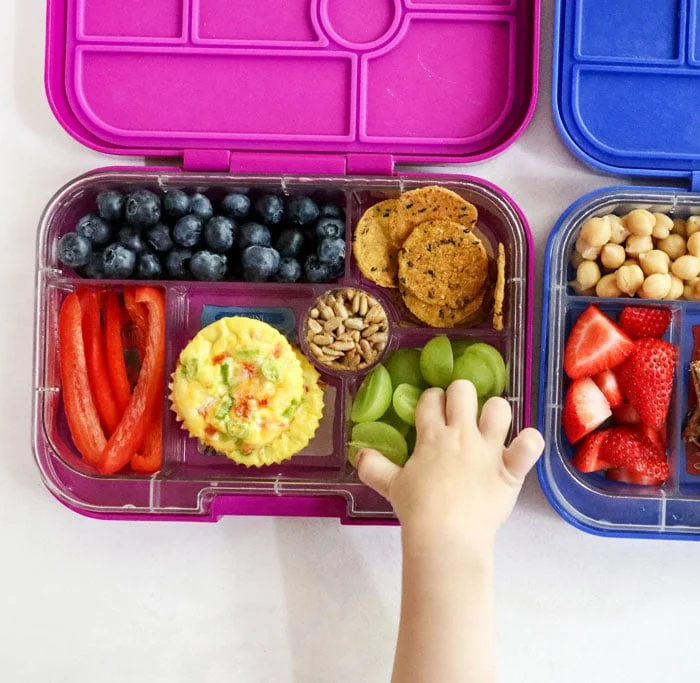
How to Plan Your Child’s School Lunches
Planning and preparing meals are important aspects of packing an adequate lunch. Taking a few minutes to plan your child’s weekly lunches will save you time and last-minute stress in the mornings.
Make time over the weekend to plan your child’s lunch menu. Draw a shopping list and prepare fruits and vegetables. This way, you’ll have all the components on hand and can swiftly prepare the lunches in the morning.
1. Incorporate a Variety of Food Groups
Variety is the spice of life, especially when it comes to school meals. A diverse choice of food groups ensures that your child receives a well-balanced lunch.
2. Whole Grains and Lean Protein Ideas
A healthy meal should include whole grains and lean meats. Use whole-grain bread, wraps, or crackers to provide a consistent energy flow.
Lean proteins, like grilled chicken, turkey, tofu, or hard-boiled eggs, provide nourishment and satiety. These ingredients may also be used in sandwiches, salads, or as part of a well-balanced bento box.
3. Add Fruits and Vegetables
Fruits and vegetables are nutritional powerhouses that highlight every child’s lunchbox. Pack sliced apples, grapes, or berries for a delicious and refreshing treat. Cut up carrot sticks, cucumber slices, or bell pepper strips for a crisp and colorful veggie option.
4. Healthy Snack Ideas
Nutritious snacks prevent hunger and provide extra nutrients. Snacks like yogurt, cheese sticks, almonds, or homemade granola bars are ideal. Avoid sugary snacks in favor of healthier options that provide continuous energy throughout the day.
5. Use Appropriate Containers
Choosing the proper lunch containers is very helpful for keeping food fresh, appealing, and, most importantly, properly proportioned. The container should be:
- Simple in design. It should aptly serve its function.
- Easy to open and seal. It should be child-friendly.
- Leak-proof. It ensures that food doesn’t spill or leak despite the rigorous handling of kids.
- Adequate size for your child’s appetite Big containers get the food displaced inside, causing food to become an undue mess. Too small containers tend to mix all the food in one space, which makes the meal unappealing.
Bento-style lunchboxes with dividers are ideal for keeping food separated and equally proportioned while being visually appealing.
6. Pack Leftovers from Yesterday’s Dinner
Regarding school lunches, leftovers may be a lifesaver. Consider cooking extra dinner servings to pack for your kids’ school lunch the next day. Lunch may be quickly turned into leftover roasted chicken, spaghetti, or stir-fried veggies.
Purchase airtight containers to keep leftovers fresh and safe to consume. Completely chill the leftovers before packaging them to ensure food safety.
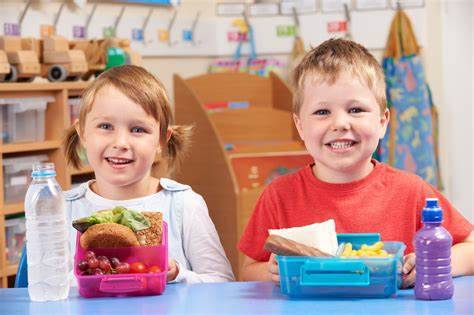
Creative and Fun Lunch Ideas for Students
Are you bored with the same old lunch routine for your children? Shake things up and add creativity and excitement to their lunch boxes. Make your kids happier—and increase their appetites—with these creative and fun school lunch ideas.
Incorporate Colors and Shapes
Make shapes and presentations more enticing to your youngster by being imaginative. Colors and forms are your greatest friends when creating aesthetically attractive lunches.
To add color to the dinner, use vivid fruits and vegetables. Using cookie cutters, cut strawberries, oranges, or kiwis into interesting shapes. For a rainbow look, add cherry tomatoes or sliced bell peppers.
By using a range of colors, you not only make the meal visually appealing, but you also assure a diversity of nutrients.
Get inventive with your sandwich forms as well! Use a round cookie cutter instead of a square or rectangle to make attractive circular sandwiches. To make pinwheel sandwiches, roll out tortillas and stuff them with cheese, vegetables, and deli meats.
Add Dips and Spreads
Dips and spreads are an excellent way to enhance the flavor and excitement of any meal. They also inspire children to try different foods and make eating more fun. Hummus, guacamole, and yogurt-based dips are tasty and high in fats and proteins.
Serve a small dip jar alongside vegetable sticks or whole-grain crackers for a tasty snack. For a DIY sandwich experience, prepare tiny pitas or tortilla wraps with a delicious spread.
Dips and spreads are adaptable, allowing you to try different flavors and textures to fit your child’s preferences.
Additionally, you can use dips and spreads like ketchup and mayonnaise to add flavor to your child’s food. For example, using the condiments, you can draw a smiley face on your child’s sandwich.
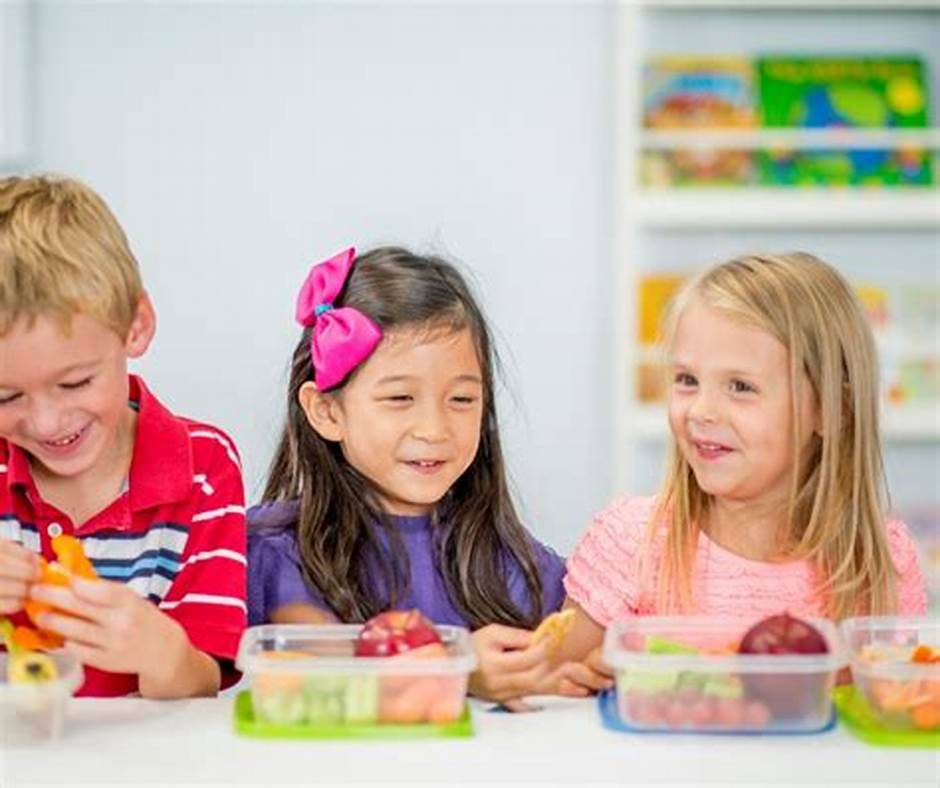
How to Keep School Meals Safe
Food safety is a primary concern when making school meals for your children. Here are some practical recommendations for storing perishable goods, packing insulated lunchboxes, and teaching your children appropriate hand hygiene.
1. Keep Perishable Foods Safe
When perishable items, such as meats, dairy products, and prepared salads, are not properly refrigerated, bacteria can proliferate. A few recommendations must be followed to keep these items safe.
Chill perishable foods until preparation time. This keeps them fresher for longer and decreases the chance of bacterial growth. Insert ice packs into lunches to keep the food cool. These cold sources keep the temperature stable and prevent bacterial growth.
Remind your little one to consume perishable things first and discard any leftovers if they have been sitting at room temperature for a long time already.
2. Pack Insulated School Lunchboxes
Purchasing an insulated lunchbox is a game-changer for food safety. These are designed to hold food at the desired temperature, either cold or heated. Look for an insulated lunchbox with adequate insulation and strong latches to avoid leakage.
To improve insulation, consider using insulated containers for hot soups, stews, or other warm meals. The food will be kept at a safe temperature in these containers until noon. Your child’s lunch will stay fresh and safe to consume throughout the day.
3. Encourage Proper Hand Hygiene
Proper hygiene is an important aspect of food safety because it prevents the transmission of germs and lowers the risk of foodborne diseases.
Teach your little one the habit and necessity of hand washing before and after touching food. Let your child wash his hands thoroughly with warm water and soap for at least 20 seconds before eating.
If there are no handwashing facilities at school, let your child bring hand sanitizing wipes or hand sanitizer. Tell your child to avoid touching food with dirty hands. Proper hand hygiene reduces the spread of germs, keeping your child healthy and safe.
Give Your Children Nutritious School Lunches
Packing a nutritious school lunch is an important strategy to boost your child’s growth and development. Create nutritious and enticing lunches by knowing their age-appropriate nutritional needs and combining them with a well-proportioned meal.
With a little organization and creativity, you are laying the groundwork for a healthy and successful meal for your children’s school lunches!
We at Omega Pediatrics share with you, as parents of our young patients, the joy and challenges of preparing nutritious school lunches for your kids. You may reach out to us for any counseling or advice when it comes to their feeding and nutritional needs.
FAQ
How can I determine the nutritional needs of my child for packing school lunches?
Consider your child’s age and dietary requirements, which vary as they grow. Reference guidelines such as those provided by the National Institute of Health (NIH) for daily caloric intake. Consulting your child’s pediatrician can offer personalized advice.
What are the key components of a balanced school lunch?
A balanced lunch includes a variety of food groups such as fruits, vegetables, whole grains, lean proteins, and dairy. Following recommended serving sizes ensures your child receives essential nutrients for growth and development.
What are some practical tips for planning and preparing school lunches?
Plan your child’s lunch menu in advance, make a shopping list, and prepare fruits and vegetables over the weekend to streamline the morning routine. Incorporating a variety of food groups and using appropriate containers for packing are also important strategies.
How can I add creativity and fun to my child’s school lunches?
Experiment with shapes, colors, and dips to make lunches visually appealing and enjoyable. Use cookie cutters for fruit and sandwiches, include colorful vegetables, and incorporate tasty dips like hummus or yogurt-based spreads.
What measures should I take to ensure school meals are safe for my child?
Practice proper food safety by keeping perishable items chilled until preparation time, using insulated lunchboxes with ice packs, and encouraging proper hand hygiene. Teaching your child to wash their hands before and after eating reduces the risk of foodborne illnesses.

